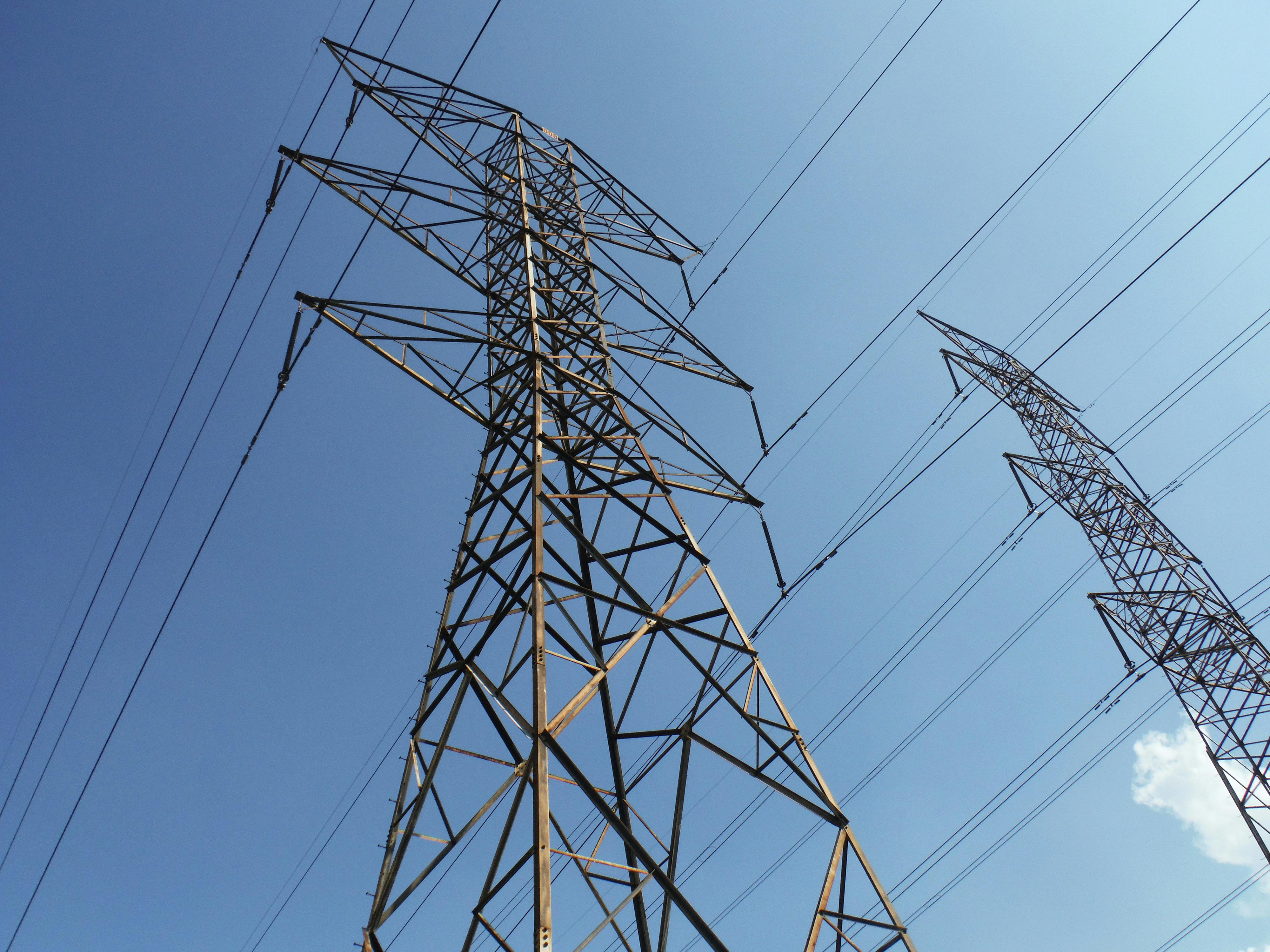What is the spot market?
The spot market is a trading platform where electricity is bought and sold in real time. Trading takes place for delivery within the next few hours or days:
- The intraday market covers very short-term deliveries within the same day.
- The day-ahead market regulates electricity deliveries for the following day.
Prices on the spot market fluctuate according to supply and demand and are therefore volatile. The spot market is used for the short-term procurement of energy required during a specific period. The spot market plays a key role for energy traders, utilities and large industrial consumers seeking to meet their energy needs flexibly and in real time. However, as energy supply becomes increasingly decentralised, more and more medium-sized companies are also purchasing electricity via the spot market to benefit from short-term price fluctuations through spot market optimisation.
How does the spot market work?
The electricity spot market operates through auctions and price-setting by market participants. Sellers and buyers submit their offer and demand prices for different delivery times. The spot market is dynamic, and prices are determined in real time based on current market demand and available supply.
To maintain grid stability, electricity demand is continuously adjusted to keep supply and demand in balance. Price determination on the spot market generally occurs hourly or half-hourly. The price for a specific hour is set through the merit order effect, meaning cheaper power plants supply the market first before more expensive ones are called upon.
Prices on the spot market are highly volatile due to variations in supply and demand, which are influenced by factors such as weather conditions, power plant availability and current electricity consumption.
Electricity exchanges on the spot market
Trading on the electricity spot market takes place via various exchanges, which act as central platforms for short-term electricity trading. Among the most prominent is the European Power Exchange (EPEX SPOT), which handles the majority of European electricity trade. It serves Germany, France, Austria, Belgium, Denmark, Finland, Great Britain, Luxembourg, the Netherlands, Norway, Sweden, Poland and Switzerland, making it a central player in the European power market.
Other significant exchanges include Nord Pool AS, which covers Scandinavia and increasingly markets such as Germany and France, and the Energy Exchange Austria (EXAA), which operates mainly in Austria.
On these markets, buyers and sellers interact – trading is now largely automated or conducted by phone rather than on the exchange floor. The spot market enables participants to meet their energy needs flexibly and efficiently, as prices continuously adapt to market conditions. This flexibility is particularly valuable for companies with high electricity consumption, allowing them to respond to price fluctuations and benefit from favourable conditions.
What is the difference betwee the spot market, the futures market and the balancing energy market?
- Spot market: Electricity is delivered almost immediately or at short notice. Prices fluctuate in real time depending on supply and demand. The spot market is particularly relevant for companies aiming to manage their energy costs through flexible procurement and quick reactions to market changes.
- Futures market: Unlike the spot market, the futures market involves buying or selling electricity for a predetermined point in the future. Prices are fixed in advance, allowing companies to hedge against future price fluctuations.
- Balancing energy market: The balancing market provides reserve capacity to offset short-term imbalances in the electricity grid. Companies can offer flexibility by providing additional power or reducing their consumption when required.
Who buys electricity on the spot market?
Electricity is bought on the spot market by various players:
- Energy suppliers: Utilities purchase electricity to meet short-term supply needs for their customers, adjusting procurement to current market conditions.
- Industrial companies and large consumers: Energy-intensive industries, such as chemicals or automotive manufacturing, buy on the spot market to benefit from low prices or to meet short-term demand.
- Traders: Independent electricity traders buy electricity on the spot market to resell it later, taking advantage of price differences.
The impact of renewable energies on the spot market
According to the First Energy Report on electricity price trends, renewable energies such as wind and solar power are playing an increasingly important role in the spot market. As these sources are weather-dependent, they directly influence price volatility. On windy or sunny days, electricity prices tend to be lower due to increased supply and cheaper generation.
The spot market also contributes to grid stability by allowing short-term balancing of supply and demand. Through flexible electricity trading, bottlenecks can be avoided and a reliable power supply ensured.
More knowledge from our blog

Industrial electricity price: meaningful or misplaced incentive?
Hardly any other cost factor shapes German industry as strongly as the price of electricity. For years, companies have warned about internationally uncompetitive energy prices and the risk of losing competitiveness. With the planned industrial electricity price, the German government aims to provide relief from 2026 onwards. But is this subsidy really the right approach? A closer look shows that the concept remains controversial – and raises fundamental questions about the future of Germany’s energy policy.

Energy market 2026: what developments companies can expect
2026 will bring noticeable relief for companies in terms of electricity and gas costs, but many of these measures are temporary. Learn which energy policy changes are ahead, why price volatility will continue to increase and why companies need to make their energy supply more flexible in the long term.

Storing electricity without batteries: Smart alternatives
In a changing energy system, the ability to store and control energy is increasingly becoming a competitive advantage - especially for industrial companies. But this does not always require classic battery storage systems. Companies can store electricity without batteries - by intelligently utilizing existing systems and processes.


